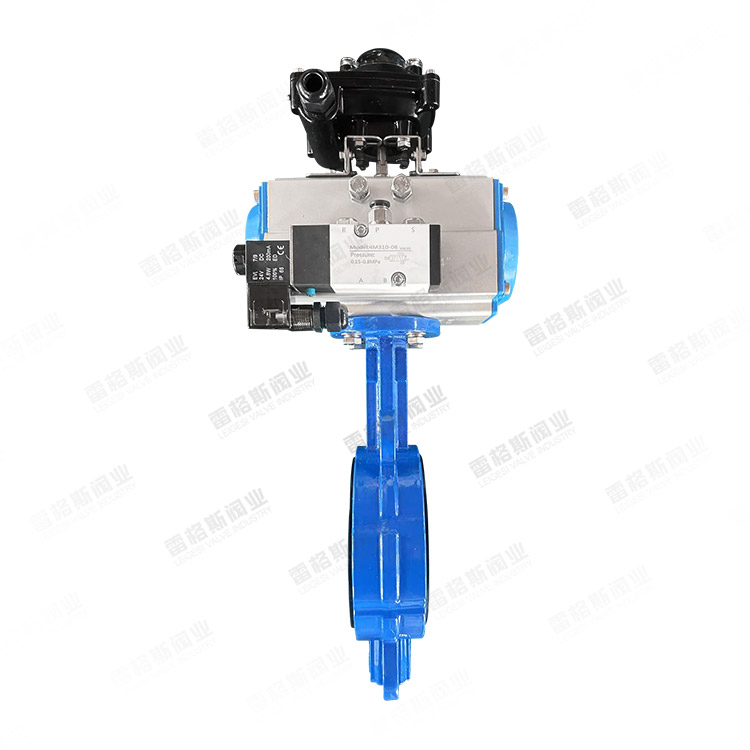News

The working principle of pneumatic butterfly valves is mainly based on the function of pneumatic actuators and the movement of butterfly plates. The following is a detailed explanation of the working principle of pneumatic butterfly valves:
I. Core Components
The core components of a pneumatic butterfly valve include the pneumatic actuator and the butterfly valve itself. The pneumatic actuator uses compressed air as the power source and controls the butterfly valve through a series of mechanical transmission devices.
Ii. Working Principle
Power source: The power of the pneumatic butterfly valve comes from compressed air. This gas is absorbed and controlled through devices such as positioners and solenoid valves in the control system, and then transmitted to the cylinder for compression, providing the required air source for the operation of the pneumatic actuator.
Drive mechanism: When the compressed air in the cylinder enters the air chamber of the pneumatic actuator, the air pressure pushes the piston to generate thrust. This thrust further drives the output shaft to rotate, thereby driving the valve stem and butterfly plate to rotate accordingly.
Butterfly plate movement: The butterfly plate is a key component of the pneumatic butterfly valve. It rotates around the axis to change the cross-sectional area and flow rate inside the pipeline. When the butterfly plate rotates to a 90° Angle with the valve body, the pneumatic butterfly valve is in the fully open state. When the butterfly plate rotates to a 0° (or sometimes 180°, depending on the design) Angle with the valve body, the pneumatic butterfly valve is in the closed state.
Iii. Control System
The control system of the pneumatic butterfly valve includes positioners, solenoid valves and other devices, which work together to ensure the precise control and stable operation of the pneumatic butterfly valve. The positioner can precisely adjust the opening degree of the valve, while the solenoid valve is responsible for controlling the flow and cut-off of compressed air.
Iv. Application Scenarios
Pneumatic butterfly valves are widely used in various fields due to their advantages such as simple structure, easy operation, good sealing performance, low fluid resistance and excellent regulating performance, including petrochemicals, power, metallurgy, water treatment, etc.
In conclusion, the working principle of the pneumatic butterfly valve is achieved based on the compressed air power of the pneumatic actuator and the rotational movement of the butterfly plate. Through an accurate control system and efficient transmission device, pneumatic butterfly valves can achieve precise control and regulation of the fluid in the pipeline.
 Service Tel:
Service Tel:
